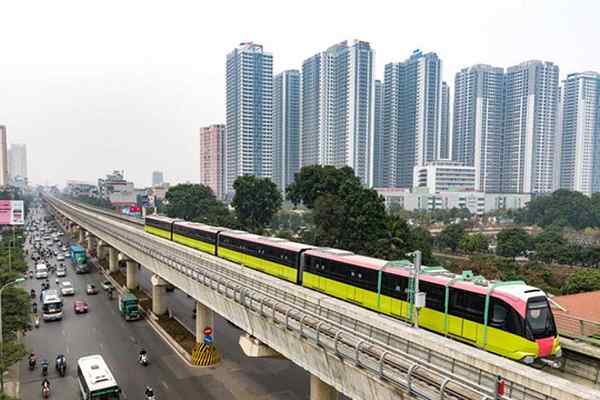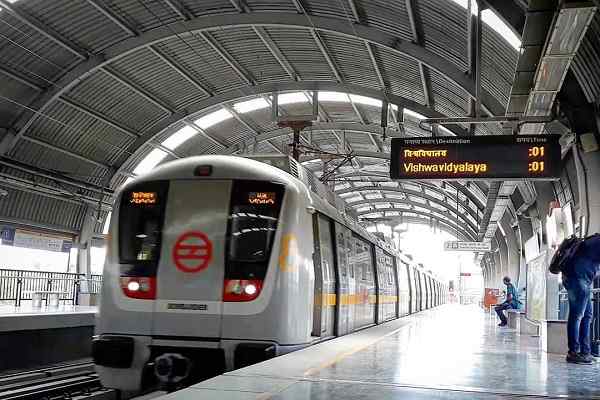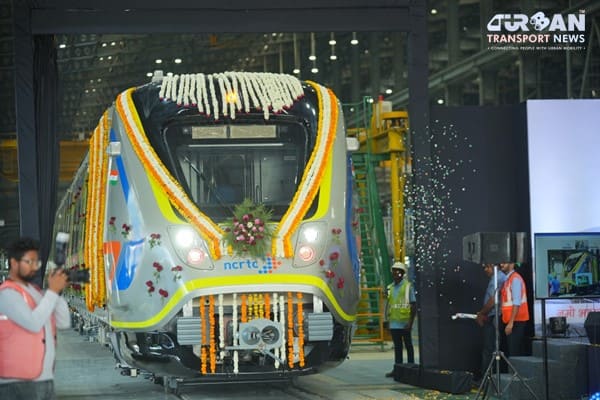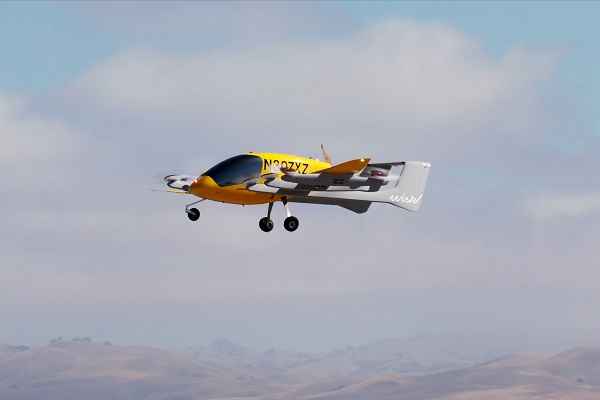 IndiGo to launch Urban Electric Air Taxis between Delhi to Gurugram
IndiGo to launch Urban Electric Air Taxis between Delhi to Gurugram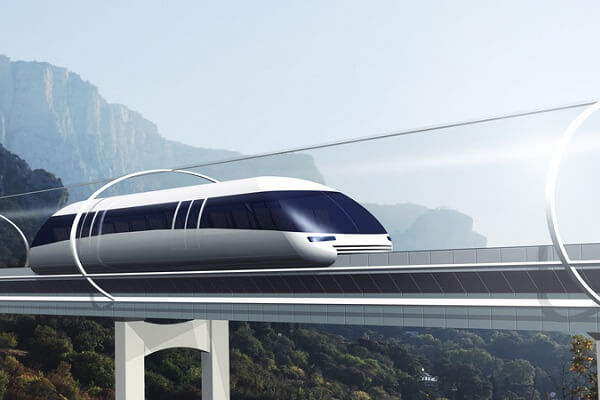 Swisspod secures Strategic Investment to advance the Hyperloop Transportation
Swisspod secures Strategic Investment to advance the Hyperloop Transportation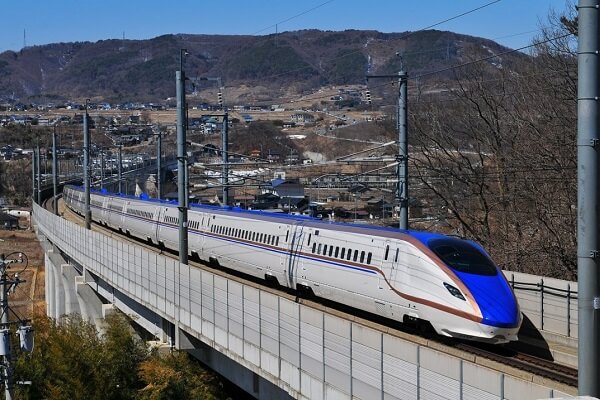 Siemens Mobility revolutionizes Copenhagen's S-bane Network with Driverless Technology
Siemens Mobility revolutionizes Copenhagen's S-bane Network with Driverless Technology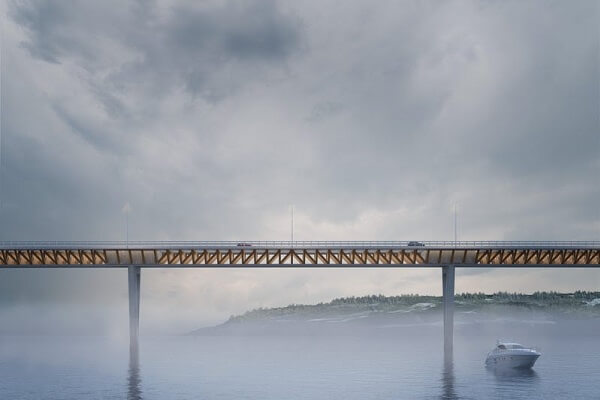 Unlocking prosperity between India and Myanmar: The Kaladan Multi-Modal Transit Project
Unlocking prosperity between India and Myanmar: The Kaladan Multi-Modal Transit Project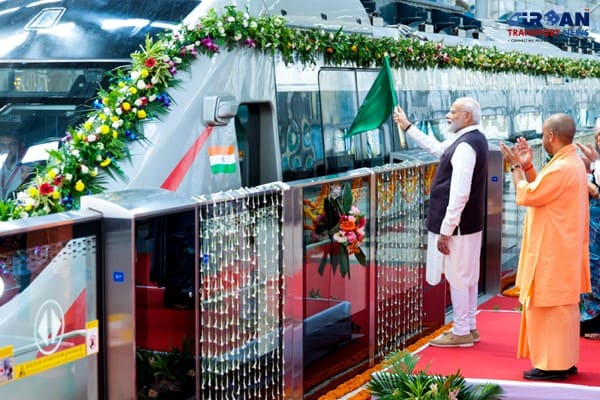 Is the RRTS Truly Accessible to the Common Man or Only the Privileged?
Is the RRTS Truly Accessible to the Common Man or Only the Privileged?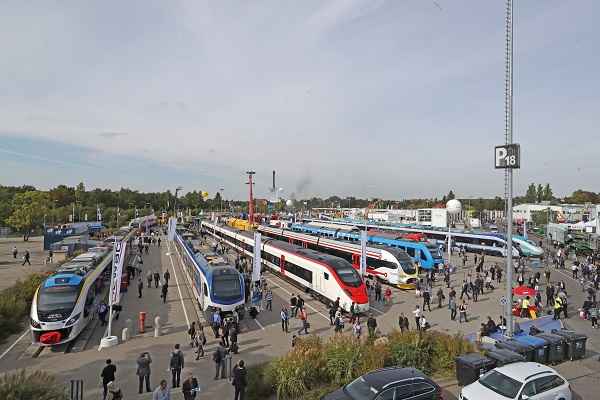 Alstom sold its Rail Signalling Technology Business to Knorr-Bremse for €630 million
Alstom sold its Rail Signalling Technology Business to Knorr-Bremse for €630 million Vensa Infrastructure wins ₹412.58 crore civil contract for Hisar Airport
Vensa Infrastructure wins ₹412.58 crore civil contract for Hisar Airport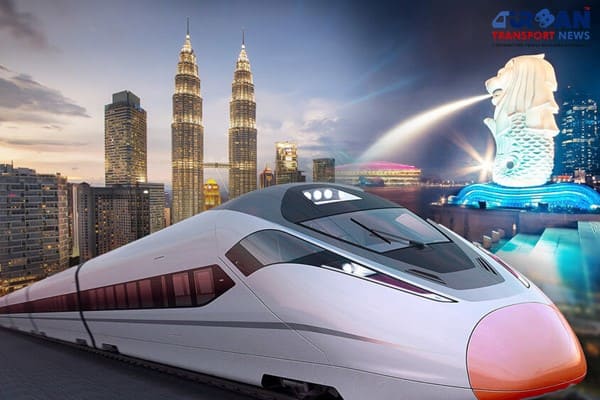 Kuala Lumpur-Singapore high-speed rail project cost could be slashed to RM70 Billion
Kuala Lumpur-Singapore high-speed rail project cost could be slashed to RM70 Billion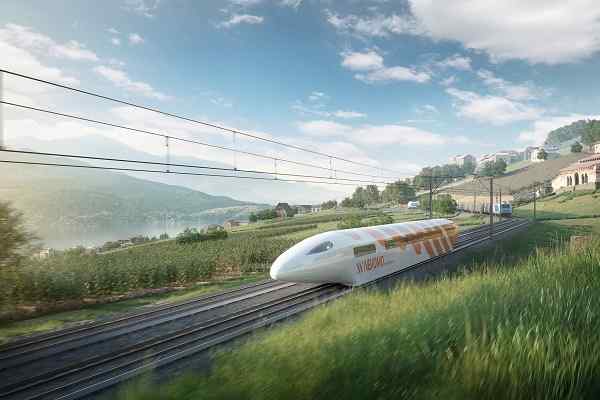 Nevomo's MagRail Technology Selected for Hyperloop Freight Demonstrator
Nevomo's MagRail Technology Selected for Hyperloop Freight Demonstrator Russia signs deal to procure bullet trains for Moscow - St. Petersburg high-speed line
Russia signs deal to procure bullet trains for Moscow - St. Petersburg high-speed line
What are we trying to achieve with all investment that is going into metros?
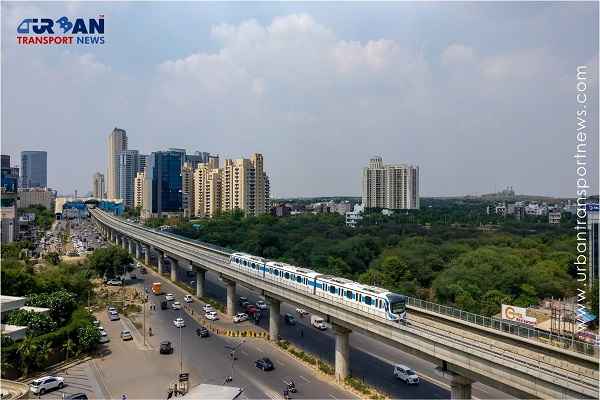
Transport for London (TfL) is a British government body responsible for a majority of the transport network in London. Shashi Verma, chief technology officer at TfL, talked to HT’s Shivani Singh about the key issues in transport planning for urban centres, big and small. Giving a comparative perspective on London and Indian cities — he grew up in Ranchi and studied engineering at IIT-Kharagpur and has been working at TfL for two decades — he stressed the importance of institutional integration, planning for the future, and getting the basics right.
It’s been more than two decades since London set up TfL, while plans for a unified transport authority in Delhi, our capital city, have remained on paper. (They are both national capitals with complex governance structures. Yet London could make it happen, but Delhi could not).
This kind of integration is very unusual around the world. Singapore, which was doing it at about the same time for very different reasons, is a city-state. Following London’s footsteps, Sydney created Transport for New South Wales, which is built on the template of TfL. New York has the Metropolitan Transportation Authority that runs the subways and the buses. But there is no integration with roads. Generally, around the world, roads are not managed by public transport organisations.
Can Delhi or other Indian cities ever achieve such integration of government agencies?
Delhi is a complicated case. Start with something simpler, a state capital, say Bhubaneshwar, where the Biju Janata Dal has been ruling steadily in Orissa for a long time. The BJD government controls the city as well. Institutional fragmentation is everywhere but at least political fragmentation won’t be there. If you had a minister responsible for Bhubaneshwar, they would be able to bring the agencies together. At least at the ministerial level, some of these decisions could be absorbed. Now the right answer is to solve the institutional mess, even in Bhubaneshwar. But at least the political mess will not exist.
There has been a provision for an urban metropolitan transport authority. (The National Urban Transport Policy 2006 recommended its creation and Metro Rail Policy 2017 made it a statutory requirement). The problem with the UMTA was that it was conceived as a coordination role and not an integration role. It basically says UMTA will be created and headed by some senior IAS officer who will bring together all the relevant authorities responsible for transport. But coordination doesn’t work because it doesn’t have any power. Many UMTAs were created, but the reason they don’t get talked about is that there is a secretary who chairs a meeting once a month, and there is a professional person who doesn’t have any powers.
But three cities – Chennai, Bengaluru and Kochi – are trying to break out of this. All three of them have passed laws, and I’ve been involved in all three, that go beyond coordination. But do they go to the full extent that I would like? No. But they have gone further than anywhere else in India. It’s important to see how we can make these three UMTAs a success.
In Delhi, the biggest problem right now is political fragmentation. And frankly, it’s very difficult to get institutions together when the politicians sitting on top of them are at loggerheads with each other.
Why did congestion charge work in London and why is it difficult to enforce in Indian cities?
If you’re putting a congestion charge on the road, you have to solve multiple problems. The people who are responsible for managing the roads and enforcing traffic rules have to be in the game. The biggest beneficiary of the congestion charge is public transport. One incurs the cost and all the pain of enforcing the congestion charge, and the other one incurs the benefit.
In London, the management of the highways, including signals, and the buses came together under one organisation. But TfL does not own and operate all roads. We only own and operate about 500 miles of roads out of 32,000 miles in London. But they are the key roads carrying about half the traffic. Moreover, we also have responsibility for managing traffic, irrespective of whose road it is. That includes managing all the 7,000 traffic lights.
Typically, around the world, enforcement of traffic is a police matter. But the Greater London Authority Act made a distinction between criminal enforcement and non-criminal enforcement. Like parking (violations), driving on a bus lane are not a criminal offence. But speeding or running over a red light is a criminal offence. So, the enforcement was split. The police are responsible for criminal enforcement and TfL is responsible for non-criminal enforcement. The local authorities, boroughs are also responsible for parking enforcement.
The critical ingredients for the congestion charge, which are the management of the road space and enforcing of road space (rationing), and benefiting from it because of the buses, became part of one organisation. That is one of the biggest reasons why the congestion charge happened in London.
If you try doing the same thing in Delhi, just think about how many ministries, central government, state government, MCD, and police you would have to talk to. It just won’t happen.
Any kind of road pricing needs public support, for which the governments must give viable alternatives to private vehicles.
The conditions under which congestion charging can be successful are very onerous. If you can’t even enforce parking regulations, then forget about trying to enforce a congestion charge. (In India, including Delhi) parking is provided at an incredibly cheap price, if not free. The only people who get free housing are people in jail and people in government. But we provide a space for cars to park everywhere for free on public land. We have to address the whole politics of parking, first and foremost.
Parking is also a massive source of income. Second, if you can’t enforce basic traffic laws to remove illegal parking from the streets, and people stopping (in the middle of the road), if you can’t clear the roadway, then enforcing something like the congestion charge becomes much harder.
There is a huge infrastructure required to enforce the congestion charge. In London, it is camera-based. London had a much better public transport system even in 2002 than what Delhi has today. But it was evident to us that to put the congestion charge in, we have to improve that public transport system. Not just improve, visibly improve it.
The problem with railways and metros is that they have a very long gestation period. If one has to enforce congestion charges in three years’ time, it is nearly impossible to build a new railway in that time. Even if you build one corridor with a city that is huge, it won’t make any difference.
What kind of public transport upgrades are required before congestion pricing is enforced?
Anywhere in India, the bus network is inadequate. Today, London is a city of 90 lakh people and 9,000 buses on the road. About 80% of these buses are double-decker. So we are effectively running the capacity of 15,000 buses. Delhi is a city of two crore people and about 6,000 buses. A city that is more than twice the size is running less than half the number of buses.
Between the London Underground and the suburban rail system, we have over 1,000 km of the rail network. Delhi is pretty good. Right now, it’s about 400-something km. But when you look at the geographic sprawl of Delhi, 400 km is not enough to cover the city. For most people, the metro is not within reach. Even in London, despite the dense network, buses play a huge role. They become feeder into the rail system, they become a feeder into the outer London town centre, which are not fed by rail, and they feed everywhere to everywhere kind of journeys. So despite 1,000 km of rail, we’re running more than twice the capacity of buses for a city that is half the size of the population. There is a lot of investment going on in metros in India, and that’s obviously a very good thing. But the answer to success in transport lies in buses.
Many smaller Indian cities are planning Metros. But the ones that have already started are struggling to break even. The ridership is still very low. From your experience in running the London underground and the suburban rail, what kind of potential ridership and finance models should cities have before they plan the Metro?
The question is not just about the size of the city. It’s also about what the city does and what its shape is. Cities exist because they bring economic activity together, making them more efficient and productive. If you look at the shape of the most successful financial centres in the world -- whether it’s London or New York or Hong Kong or Singapore or Paris -- they all look very similar, which is that there is an ultra-dense urban core. And then there’s a huge hinterland where people live.
But in Delhi, where is the urban core? Until the 1960s, the urban core used to be Connaught Place, Paharganj-Sadar Bazaar sort of areas. As they got congested, the response was to build Nehru Place and Rajendra Place. The demand was just distributed. And now the attempt is to connect all these by the Metro. What has the Metro achieved? Congestion on the roads is worse than it was before the Metro started 20 years ago. The number of cars on the road is more than it was 20 years ago. Maybe the counterfactual would have been worse, that if we didn’t have the Metro, congestion on the road would have been even worse.
But in terms of the economic reshaping of the city and giving the city the ability to grow, the Metro has been a complete failure.
What has not happened in Delhi, and it’s not happening in other cities in India either, is the reshaping of land use on the basis of the very big investment that’s going on with the Metro. The heart of the city -- from Connaught Place to ITO is empty. Why a London or New York-like business centre cannot be created in that area? Or the ultra-high density built to the same principles as Canary Wharf? It can be done. But we’ve left the planning of the Metros to railway engineers who have not thought about what it should be doing for cities. They’ve just looked where the traffic is and built Metros on the spine of major highways. But after the most spectacular investment in the Metro in Delhi, it has done nothing to reshape Delhi at all.
The whole idea of the Metro was that after the capital cost, they will be profitable on an operating basis. That’s not true. Delhi Metro is sucking in more subsidies on an operating basis than the buses. So the whole premise around transport planning and urban planning in India has to be challenged and thought through again. What are we trying to achieve with all this investment that is going into metros? It almost looks to me that it has become the principle of pride that my small town, whether it’s Agra or Lucknow or Nagpur, also has the Metro.
Given the financial constraints of Indian states, what are the cheaper modes of public transport cities could adopt?
In every city around the world, even those with massive rail networks, the bus network plays a very important role. But if you cannot fix the bus network, all the money on the Metros is going to go waste.





